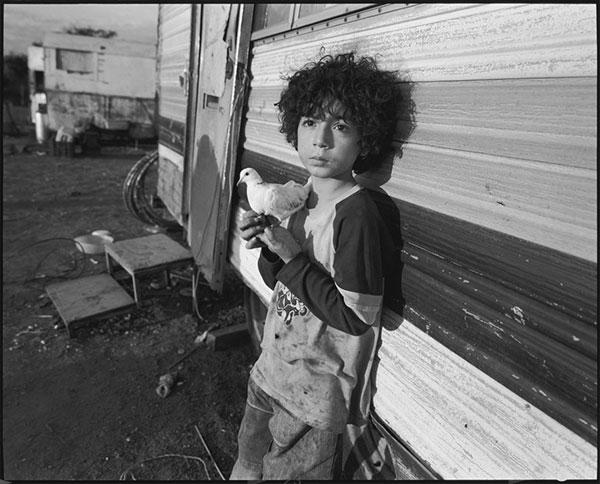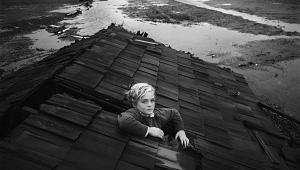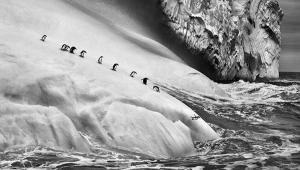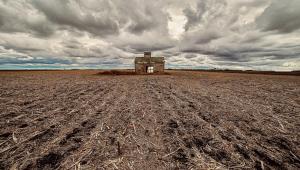Looking Back at a Master: Mary Ellen Mark

“I work in color sometimes, but I guess the images I most connect to, historically speaking, are in black and white. I see more in black and white - I like the abstraction of it.” – Mary Ellen Mark
The great documentary photographer Mary Ellen Mark, who we profile next month in Shutterbug magazine, is really the embodiment of the “Power of Black and White” theme of that issue. Mark, who passed away last May, shot most of her work in monochrome but, as the quote above shows, it wasn’t merely a stylistic choice for her: it was how she saw the world.
This is not to say that Mark’s photographic vision was starkly black and white, as in she only saw things as “good or bad,” “right or wrong,” “just or unfair.” There are plenty of gray areas in Mark’s images, both literally and figuratively. Take, for instance, her photo of the “Child clown with his bird,” at the top of this story.
There’s so much hope, desolation, beauty, sadness, fear, and love in that image, which was shot in Mexico in 2010, that I don’t even know where to begin. And unlike Diane Arbus, a photographer who I also admire (but in a completely different way), Mark’s photos of patients on a mental ward, don’t portray them as sideshow freaks but as fiercely human individuals who we can’t help but see a lot of ourselves in. It’s a frightening vision but the truth can be scary sometimes.
There’s an old cliché about documentary photographers who capture “the human condition” but Mark really did that. Whether it was the patients on Ward 81, the prostitutes on Falkland Road in India, the homeless teenagers in Seattle, or the collection of misfits, performers, hustlers, survivors and other people living on the fringes of society who she faithfully documented over her long career, she always put the humanity of her subjects first. It’s no small feat.
Along with having solid photographic skills, the best documentary photographers spend considerable time with their subjects and Mark did that. It would seem a strange luxury in this age of multiple Internet deadlines and wilting assignment fees to be able to spend parts of a 30-year period capturing one subject, but that was Mark’s approach to documenting Tiny, a woman she first, famously, photographed as a 13-year-old prostitute and drug addict living on the streets of Seattle.
That’s devotion and it’s a testament to Mark’s perseverance as photographer. She may have primarily photographed the world in black and white, but Mark’s body of work proves that life is full of infinite shades of gray.
(To see more of Mary Ellen Mark’s work visit her website. You can also see her photos in person on Governors Island in New York City at Picture This: New Orleans through September 27, 2015. The show, which is sponsored by ICP and CNN, features Mark’s images of New Orleans and its ongoing recovery 10 years after Hurricane Katrina. It was her last assignment before her death.)
- Log in or register to post comments














































